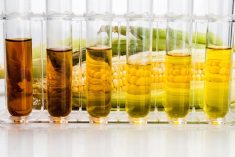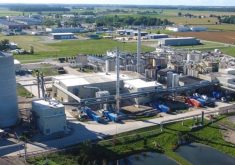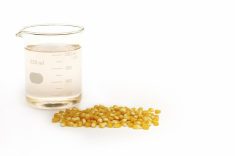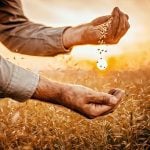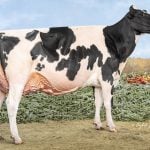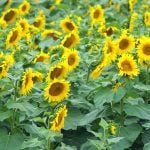Ontario’s Dairy Distillery is moving into a new type of alcohol through a partnership with a Michigan dairy co-operative to process waste milk permeate into ethanol.
Dairy Distillery is known for its transformation of whey and milk permeate into vodka, called VodKow, which is now available across the province at LCBO stores.
Why it matters: Milk permeate stocks have increased since sales of dairy products like butter and ice cream have risen and fluid milk has declined. Ways to deal with the permeate surplus are needed.
Read Also
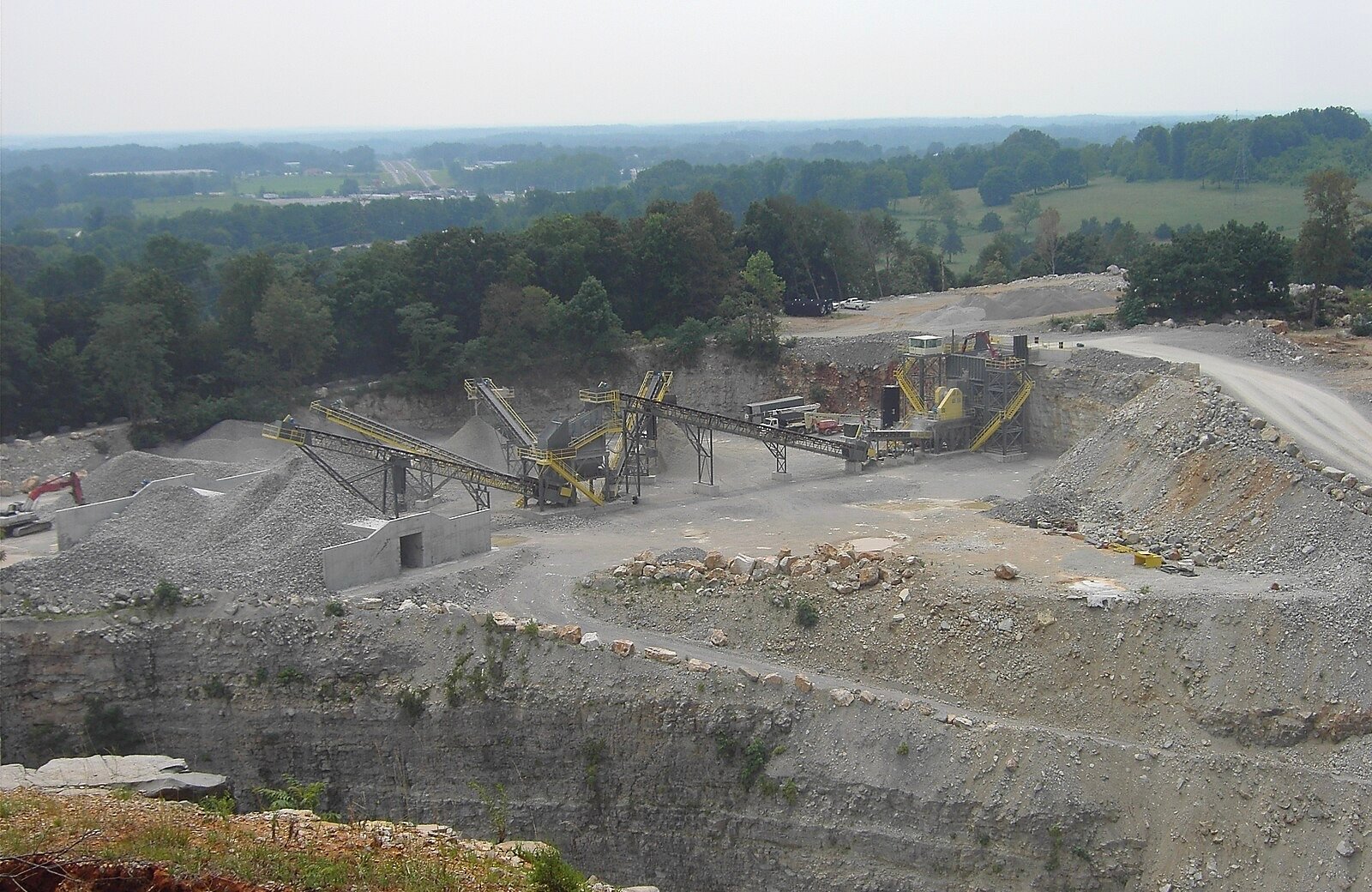
Melancthon faces a new quarry fight over water, environment and farmland risks
A proposed Strada blast quarry in Melancthon, Ont., sparks regional debate over water protection, farmland sustainability, and Ontario’s aggregate policy.
When milk is processed and the useful fat is removed, remaining product has less of a market. It is known in the dairy world as solids-not-fat and usually ends up in lower-paying products like pig feed, if markets are even available. It can be dried for other uses, there is not enough milk dryer capacity in Canada to dry all of the available permeate down to milk solids.
The lactose in the milk-processing byproduct interested Dairy Distillery founder Omid McDonald, and he launched Dairy Distillery to take advantage of it. His company was one of five agri-tech startups that presented to investors and others interested in agri-food technology at the second Spark Symposium recently hosted by the Grand River Agricultural Society in Elora.
“It’s expensive to dry a tonne of permeate and there’s little to no value for farmers or processors,” he said.
However, it’s a sugar that can be made in other products, like alcohol.
“Let’s not waste such a beautiful sugar.”
McDonald and his staff experimented with creating ethanol, not alcohol from permeate and realized they had a process that was more efficient than any others they could find. That led them on the route to commercialize that process.
Enter the Inflation Reduction Act, the massive U.S. subsidy bill that included large amounts of money for carbon-reducing technology. Those subsidies have made new projects viable in the United States that were not viable before, including the new Dairy Distillery and Michigan Milk Producers Association ethanol plant in Constantine, Michigan.
“This will be the world’s lowest carbon intensity ethanol,” said McDonald. The vision is to displace all the permeate in the United States to ethanol, he said, which would be 500 million litres per year in the United States.
He showed a map of the United States with many circles, each of which is an area with enough milk permeate for an ethanol plant.
McDonald was asked why a Canadian company like Dairy Distillery isn’t using its technology at home first. The answer is huge subsidies available in the United States, but McDonald said a supply of permeate and a location have been identified in Canada and can be used when it makes financial sense here.
The plant in Michigan, an equal partnership between the dairy co-op and Dairy Distillery, will produce 2.2 million gallons of ethanol per year, calculated to displace 14,000 tonnes of carbon. That would mean a five per cent reduction in the amount of carbon produced by the co-op.
Like grain-based ethanol, there is a byproduct, which is spent yeast. In Michigan this will be used to create methane that can be burned to power the milk processing plant.






